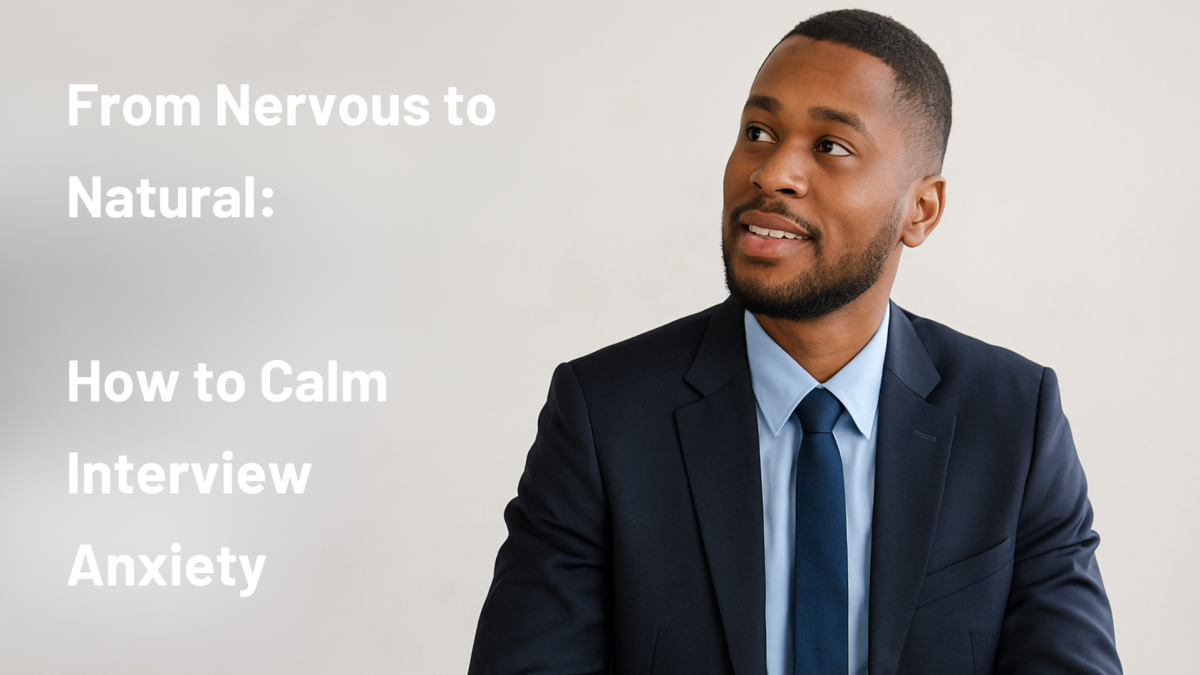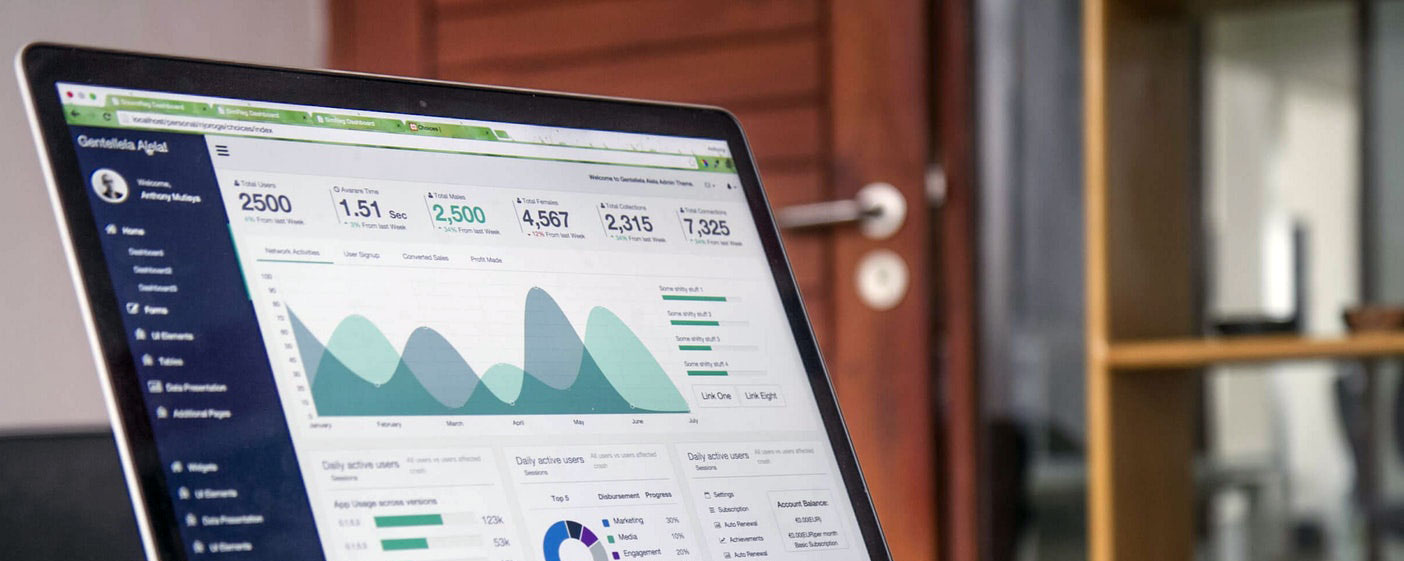From Nervous to Natural: How to Calm Interview Anxiety

Feeling nervous before an interview? Discover how to channel that energy into calm confidence with simple grounding techniques.
Feeling nervous before an interview? Here’s how to channel that energy into calm confidence so you can perform at your best.
If interviews make your heart race, your thoughts scatter and your voice tighten, you’re in good company. Nerves are a normal biological response to uncertainty and evaluation. Start with the foundations in
The Confident Candidate | Interview Tips, Confidence & Career Success,
then come back here to learn exactly how to calm the body and steady the mind.
This guide explains what’s happening physiologically, the fastest grounding techniques, the value of simple pre-interview rituals and how structured answers reduce panic in the moment. Why nerves are normal (and what’s happening physiologically) When you anticipate evaluation, your brain’s threat system activates. Adrenaline and cortisol rise, heart rate increases and your breathing becomes shallow. That’s not a character flaw, it’s your body preparing you to respond quickly. The side effects in interviews: racing speech, blanking on details and difficulty organising thoughts. These can all point to convoluted responses. The goal isn’t to eliminate nerves; it’s to regulate them so you can access clear thinking and composed delivery. For a deeper dive into how confidence presents to interviewers (beyond personality), read
What Confidence Really Looks Like in an Interview.
Inhale for 4, hold 4, exhale 4, hold 4. Repeat 4 cycles. This balances the nervous system and slows your heart rate. Two quick inhales through the nose, one slow exhale through the mouth. Do 3–5 times. It offloads carbon dioxide and reduces breathlessness. Name 5 things you can see, 4 feel, 3 hear, 2 smell, 1 taste. It pulls your attention from spiralling thoughts back into the room. Silently say, “This is anxiety; my body’s preparing me to perform.” Labelling reduces intensity and gives you back a sense of control. Feet flat, shoulders open, hands resting on the table. One slow breath before you speak. Stillness signals composure to interviewers and to your own nervous system. If you want to practise these live and get feedback, you can
join a mock assessment session.
Rituals aren’t superstition; they’re cues to your brain that you’re safe and prepared. Keep them simple and repeatable so they’re easy on your busiest days. For the broader preparation approach (mindset + structure), see
The Confident Candidate and
What Confidence Really Looks Like in an Interview.
In high-pressure moments, your working memory shrinks. A simple structure helps you think clearly and speak concisely. Use structured responses as your mental template: Practice with a timer: 90 seconds per answer. This keeps you focused and leaves space for follow-up questions, a hallmark of confident communication. For more on delivery (tone, pauses, eye contact), see
What Confidence Really Looks Like in an Interview.
💬 Related Reading:
How to Become a Confident Candidate •
What Confidence Really Looks Like in an Interview
If you want structured practice, real-world examples, and guidance on what assessors actually score,
the Confident Candidate Blueprint shows you how to prepare with clarity and perform with composure.
Written by Natasha Benham, Founder of This Is Your Career — helping candidates turn nerves into calm confidence.
From Nervous to Natural: How to Calm Interview Anxiety
“You don’t need zero nerves — you need a way to steady them.”
Grounding techniques that work in minutes
1) Box breathing (4–4–4–4)
2) The physiological sigh (2 short inhales + long exhale)
3) 5-4-3-2-1 sensory reset
4) Label the feeling (“name it to tame it”)
5) Grounding posture
The importance of pre-interview rituals
Use structure to reduce panic
Quick calm-confidence checklist (print or screenshot)
Discover how to prepare confidently
Categories: : Early Careers, Employability Skills, Interview, Job Search
 This Is Your Career
This Is Your Career 
